My thoughts on iPadOS, written before Apple's launch event
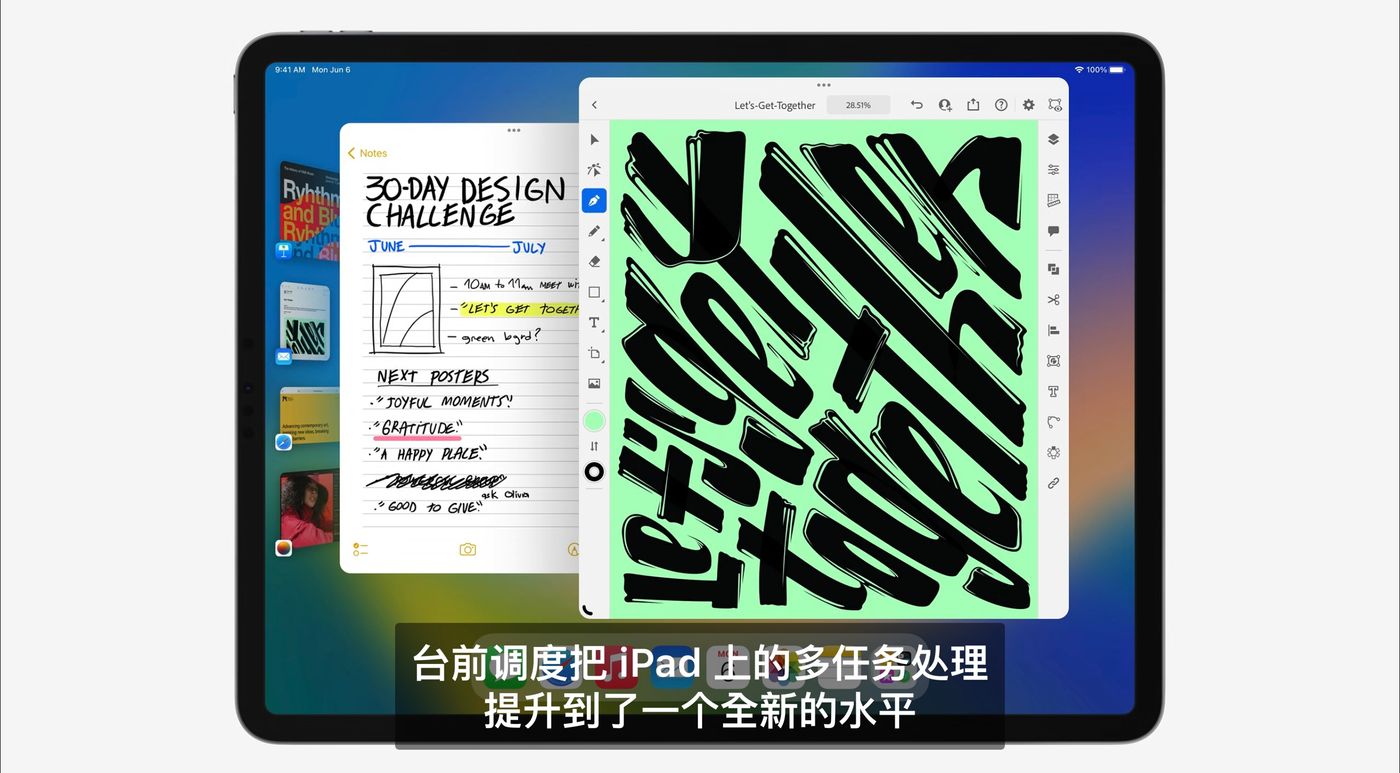
I saw this news recently . The article mentioned that iPadOS 16 will not be released as scheduled due to "Stage Manager." It is unstable and needs to make more sense in line with user logic.
Apple will likely take extra time to tweak Stage Manager, one of the key new features of iPadOS 16 that lets users run multiple apps in floating windows for the first time on an iPad. The feature has been widely criticized for being confusing and unstable, as well as requiring an iPad with the M1 chip. According to recent rumors, Apple also has plans to introduce new iPad models in October, so holding off on releasing iPadOS 16 until then makes more sense.
Regarding pre-screen scheduling, the official website wrote : "This is a new way of multitasking, helping you to do things easily. It can adjust the window to the appropriate size according to your needs. At the same time, you can also View multiple overlapping windows on a single screen, a first for an iPad.”
I'm looking forward to iPadOS multitasking becoming more and more powerful, but I don't want it to develop in the direction of "front-end scheduling", so I'm actually a little happy about this delayed listing, which means that the Apple design team may still be thinking about whether there is a better one practice.
If you are interested in the differences between the iPad and the computer, or expect the iPad to replace the computer, then the following content is suitable for you to watch. First, I will present the difference between the two through a table, and then I will share my views on "front-end scheduling" through three questions.

The iPad is a touch-oriented interface, while the Mac is a traditional interface designed based on keyboards and cursors. If you think iPad can’t do it, or can’t do it well? That's not the iPad's problem, it's the inherently different design logic, so what you have to do is "obediently" and just do it with a computer. Now the Mac's performance and battery life can match the iPad's, and the rest is "weight" and weight loss. of space.
In other words, if you are in a state of indecision when shopping, change the way you ask questions!
Instead of asking "Can an iPad do things like a computer?", it's better to ask, "Is it faster and more comfortable to use an iPad or a Mac for what I want to do?" The former is a problem that engineers have to worry about, and the latter is what you should spend money on troublesome question.
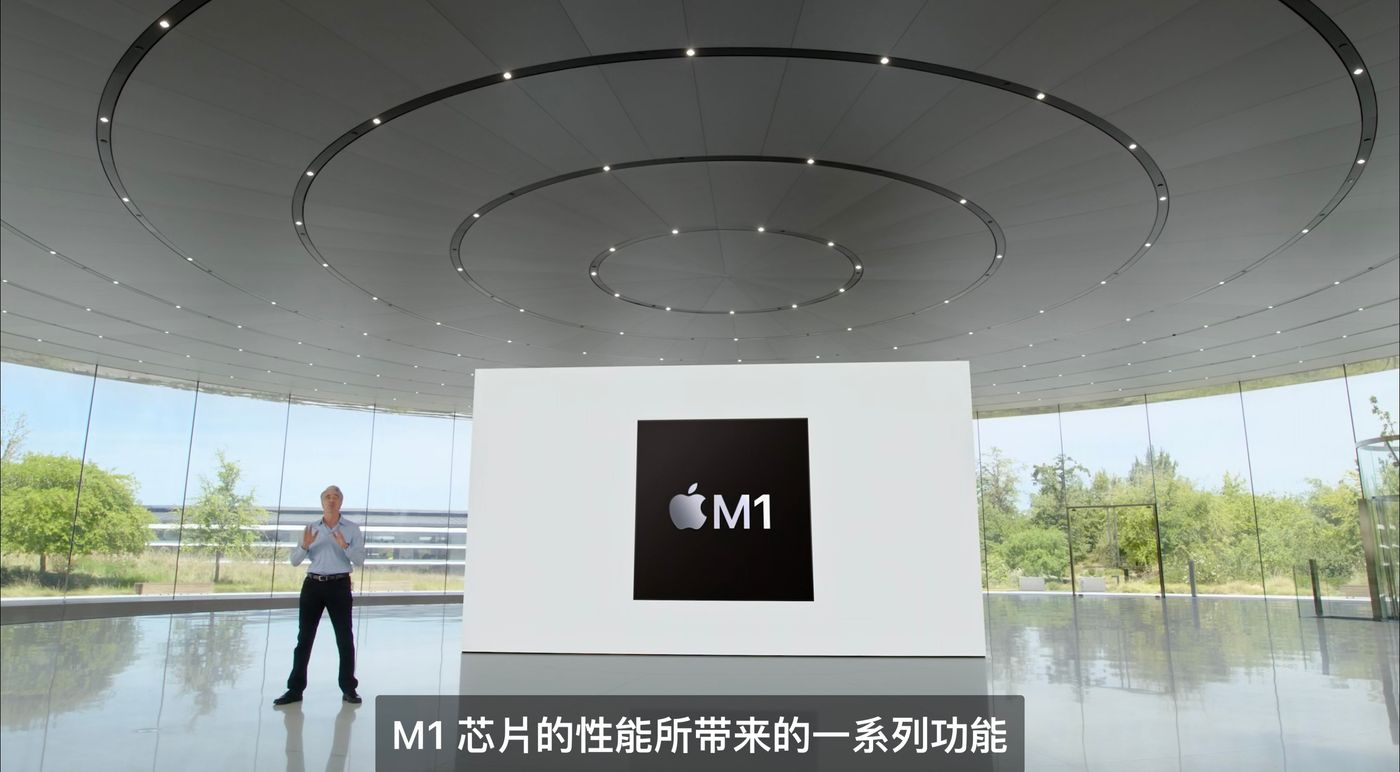
Back to the topic of "on-screen scheduling", on-screen scheduling is the introduction of Mac operation logic into iPad. It is a bold attempt to make iPad more like a computer. It challenges not only the limit of screen size, the development difficulty of designers, and more It is to challenge the user's "existing logic" and "hands-on ability".
Why make the iPad look like a computer and make it do what a computer does?
For Apple:
- People who use the iPhone will want to use the iPad. After using the iPad, the learning cost will be very low when switching to a Mac.
- iPad Air 256GB + Apple Pencil + Smart Keyboard, add up to 32,880 yuan, which can create a higher turnover than MacBook Air (M1) 30,900 yuan.
- When consumers find that they have wrong expectations for the iPad, such as editing a large number of excel reports, they have to buy another Mac, iPhone, iPad, and three sets of Mac to achieve it! (Apple sells one more device. YA.)
For consumers:
- Just buy one and save money on baby formula and diapers.
- It can meet the production needs of work, and can also be used in a relaxed and leisurely posture in life.
- Depending on the needs of the day, you can decide whether to bring a pen or keyboard. Productivity, creativity, and mobility are combined.
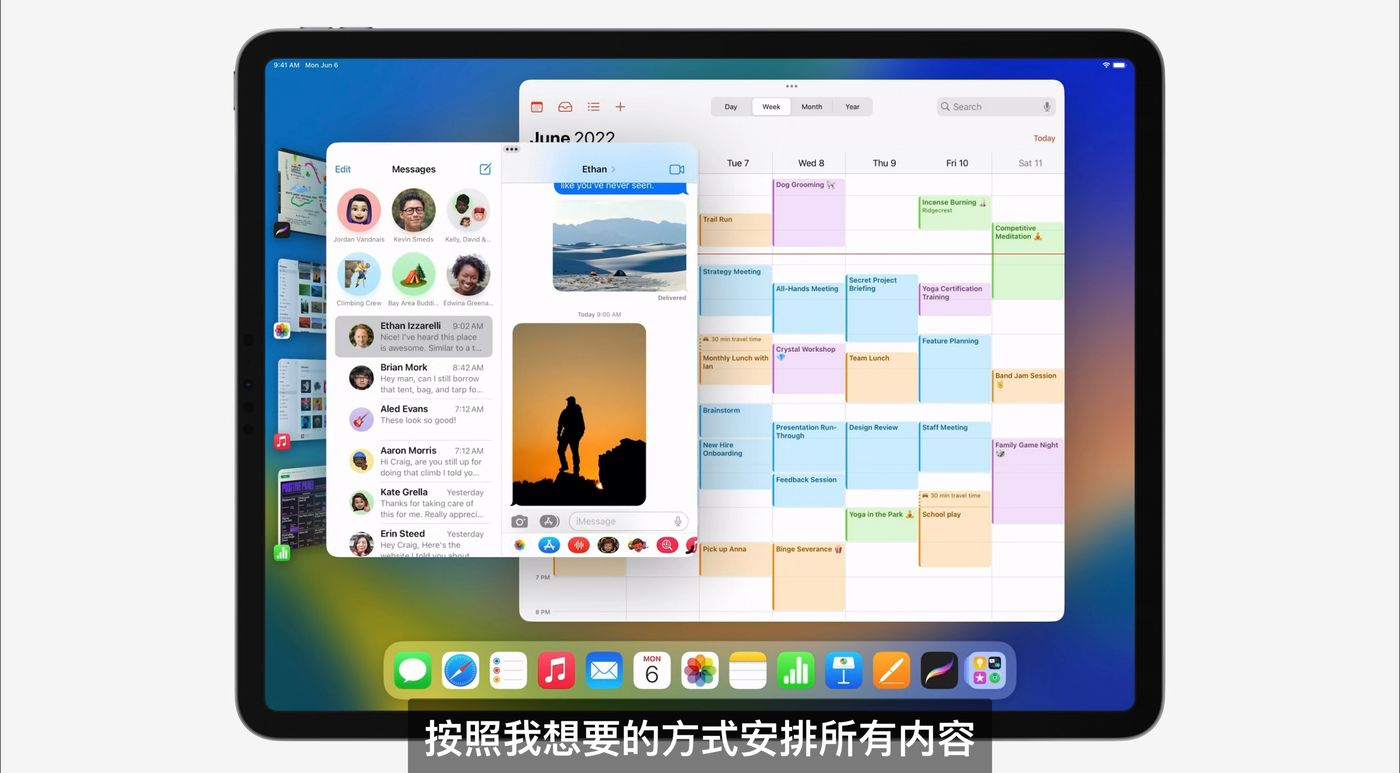
Why is the iPadOS Stage Manager unsatisfactory?
- Think too smart of the user.
Mac users do not usually use Space at present. For example, communication apps (iMessage, Line, Mail, Slack) are placed on a desktop, and document-based apps (Keynote, Word, Finder) are placed on a desktop. Most people still use a single desktop. Do everything, and Microsoft-style logic - the window shrinks to the top of the Dock. - Designers want users to take long detours.
The web page of iPadOS 16 says "Scheduling in front of the screen allows you to switch apps smoothly", but... the way to switch apps quickly is Command + Tab!
The designer thought that if everyone saw all the apps at one time, they would be able to switch apps easily and quickly, so just go to the ice cream with you. Once you see the ingredients on the countertop, you are so dazzled that you can't make a choice.
What you need is a lady boss who understands you. She knows that you like red beans, mung beans, soybeans and other beans. Just like the app you have recently opened will appear on the right side of the Dock, highlighting the key points is the way to speed up the selection. - Designers misunderstand the "ideal workspace".
The "ideal workspace" is ideal on iPads whose screens are not as large as laptops or desktops. Not all windows are crammed into it, and users can zoom in and out and adjust their positions.
As far as the logic is concerned, our "time spent on a single app" is far greater than the "time spent switching apps". If you keep switching and arranging app windows on the iPad, it's the same as pressing the TV remote control all the time, nothing. Don't see it.
This means that when the screen is small, the designer makes the app window smaller, which not only limits user productivity, but also increases the difficulty of developing the app window configuration for developers.
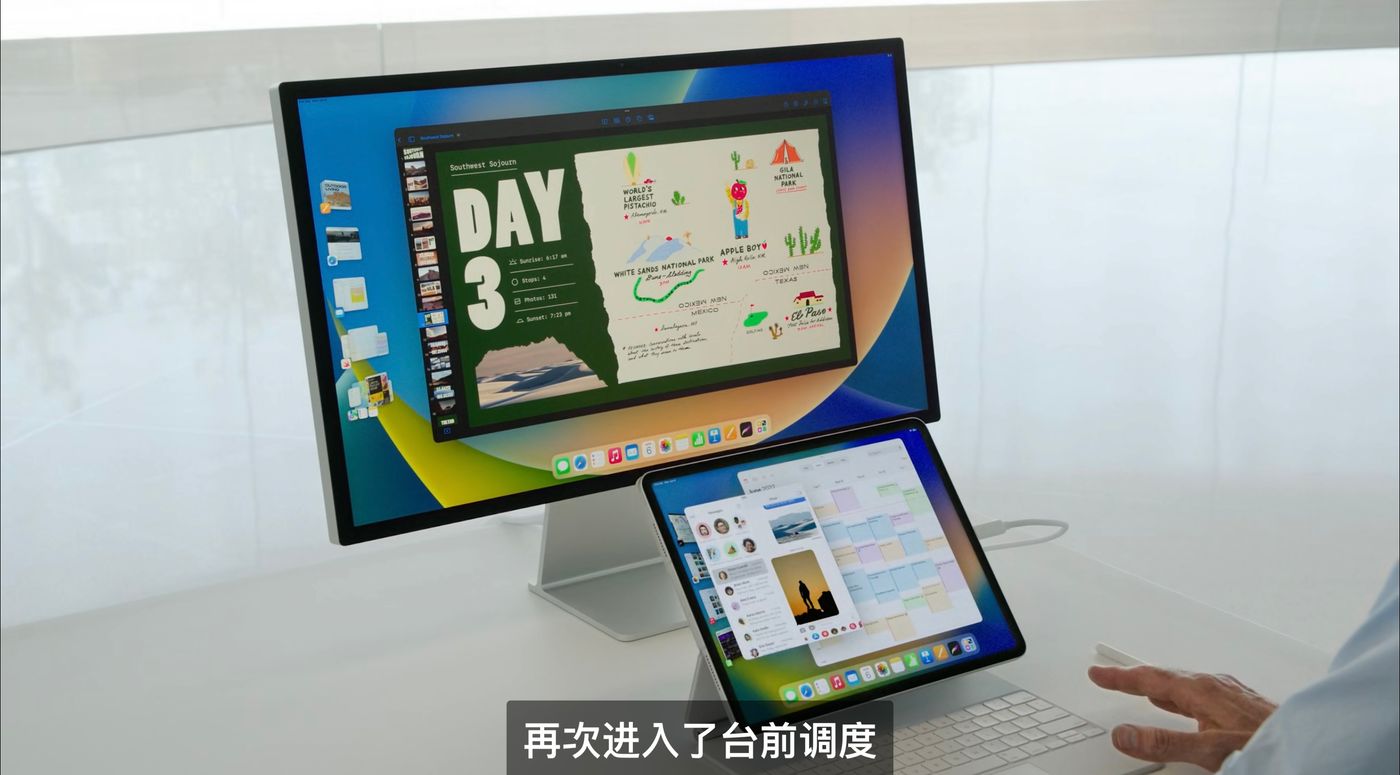
So what exactly does iPadOS 16 do?
- Tablets and computers have different screen sizes. There is no need to apply consistent operation logic, and it is not suitable for one desktop to fit into all windows. It is like packing a family portrait into a Ferrari to travel together.
- What users want is a more intuitive way of arranging the two or three apps they need, and they should maintain a full-page rendering mode that fills the screen. Think what happens if the iPad mini enters the front-screen scheduling mode?
- Open multiple windows at a time, because the user wants to: "reference (comparison with data or manual)", "drag and drop (edit and send a message to a friend)", "parallel (write a letter with Mail and communicate with Line at the same time)" )", the designer needs to help: help users switch between apps, or switch between different windows in the same app, and increase content transfer between apps.
- If I really want to design the iPad to be the same as the desktop mode of the Mac, I naively imagine that it is better to let the iPad be equipped with two systems, and decide to run macOS or iPadOS this time when it is turned on.
- Or when the iPad is connected to an external screen, the multi-desktop logic of macOS can be used. I know that iPadOS 16 can do it now, just to maintain a good experience and to limit the conditions for activation. After all, when a user wants to enter the operating mode of a traditional computer, he needs a wider configuration.
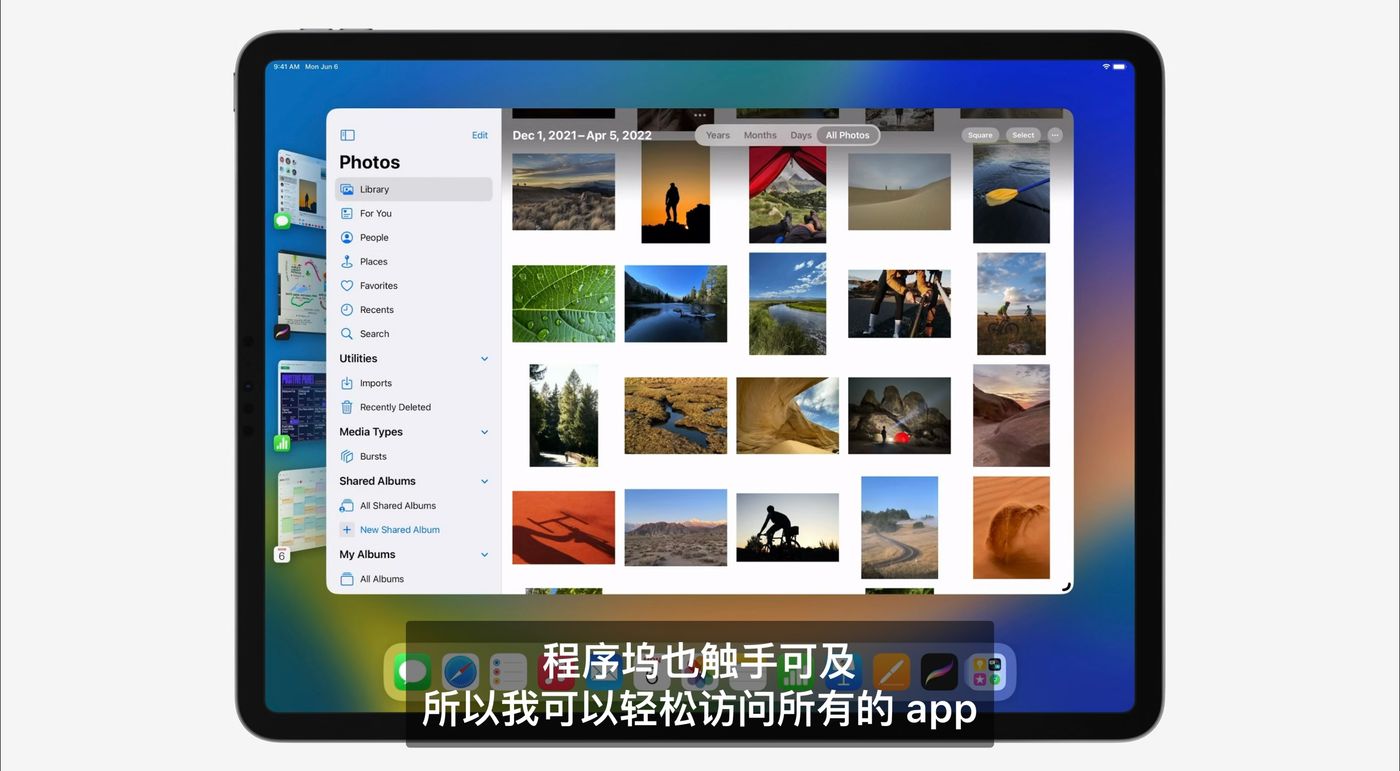
Epilogue
I recall when I was in college, I used a combination of Mac mini + iPad 1st generation, I had a desktop computer in the dormitory, I used an iPad when I went to the library or in class, and now I have an iMac 24 + iPad Pro 12.9 (Apple Pencil + Smart Keyboard), Apple has a complete product line for you to "combine", no matter what the "front-end scheduling" will end up being? Nothing is more important than how what you want to accomplish is accomplished.
Share my views on the iPad through the topic of iPadOS 16 delays; where will technology take us? This is an interesting question. Likewise, where do we want to take "self" with technology? More interesting and important question.
Like my work? Don't forget to support and clap, let me know that you are with me on the road of creation. Keep this enthusiasm together!

- Author
- More